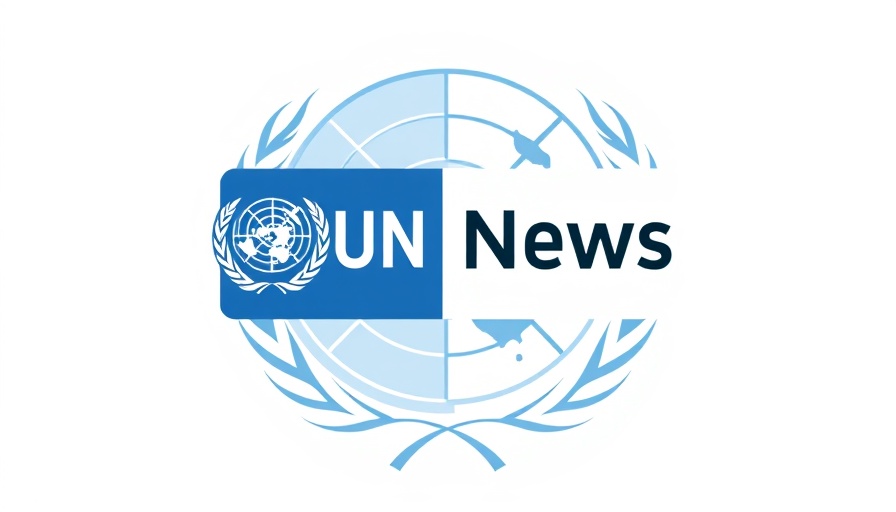
Understanding the UNCTAD 16's Role in Global Trade
As the world grapples with economic challenges, the upcoming UN Conference on Trade and Development (UNCTAD 16) from October 20 to 24, 2025, stands as a beacon for many. Convening in Geneva, this significant gathering aims not just to discuss but to actively seek solutions that tackle the pressing issues of trade unpredictability, heavy debt burdens, and the decline of investment in developing regions.
Why Trade Matters Now More Than Ever
According to Rebeca Grynspan, UNCTAD's Secretary-General, the reality for the world’s poorest is stark: they face heightened risks due to the uncertainty around trade. With 3.4 billion individuals living in nations where debt payments surpass expenditures on essential services like health and education, the stakes at this conference couldn’t be higher. This makes restoring stability in trade not merely beneficial but essential for global growth.
Investment That Cares: Focusing on Sustainable Growth
Grynspan urges that investment needs to shift not just toward traditional sectors but to areas that foster sustainable development. This includes initiatives related to green energy, health, and education, which are vital long-term investments. The UN estimates that digital trade currently accounts for over 60% of global GDP growth, further emphasizing the need for responsible investment in technology.
Future Predictions: What to Expect from UNCTAD 16
At this year’s session, over 100 countries will engage in high-level discussions that could set precedents for international trade policies over the next four years. The conference promises to be inclusive, involving ministers from diverse sectors while addressing the digital economy, which plays an increasingly prominent role in global trade dynamics.
Making a Difference: The Path Forward
As world leaders come together at UNCTAD 16, the focus will be on turning challenges into opportunities. By prioritizing equitable and inclusive strategies, they can create policies that not only support growth but also consider the unique needs of developing nations. The goal is clear: forge a future where the economic landscape is stable, predictable, and works for everyone, especially the vulnerable.
 Add Row
Add Row  Add
Add 




Write A Comment